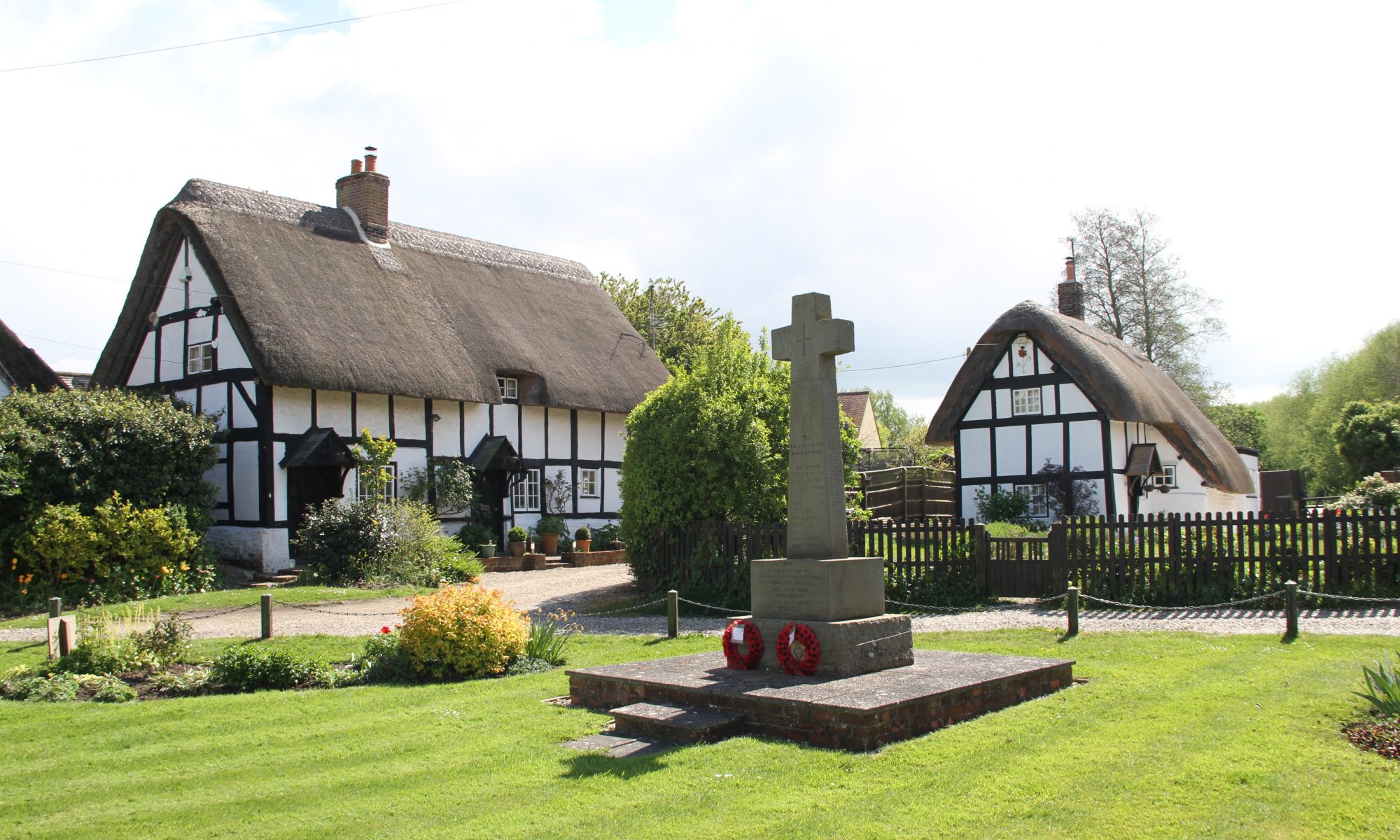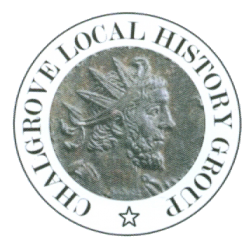History of Watlington 1816
John Badcock (c1750 – 1822) was a fine godly and well educated man of Pyrton, Watlington. He was Churchwarden for St Leonard’s church and a Yeoman in The Watlington Division of Oxfordshire Yeomanry Cavalry commanded by George, Earl of Macclesfield. As a hobby Badcock wrote about the History of Watlington (Read it here). An item of interest is the obelisk seen on the Chiltern Hills. It was cut by Edward Horne (1695 – 1769) c 1760 possibly as a monument to commemorate the death of his second wife. The History of Watlington was concluded by John Badcock in 1816. Many years later his sons took up the pen to defend their father’s name and reputation. Lord Nugent came to Watlington enquiring after John Hampden and they showed him their father’s book. In a footnote found in George, Lord Nugent –‘Some Memorials of John Hampden his Party and his Times’, Vol. II (1832) p. 431 is the following :-
‘It is traditionarily said, that a military chest of money was left at the house of one Robert Parslow, where Hampden lay that night, and that it was never called for after; by which means, Parslow was enabled to bequeath a liberal legacy to the poor of that parish. On every anniversary of his funeral, Nov, 19th, a bell tolls in Watlington, from morning till sunset, and twenty poor men are provided with coats. These particulars I derive from the intelligent Mr. John Badcock, for forty years a resident at Pyrton and its neighbourhood, but now of St. Helen’s, who wrote, in 1816, a very ingenious little History of Watlington’.
Hampden Regiment’s Lost Pay
On the 10th June 1643 the Earl of Essex, Lord General of the Parliament army made his headquarters in Thame. His diseased army was spread out around the villages and Colonel John Hampden’s regiment, who were bringing up the rear, had set up the regiment’s headquarters at the Hare and Hounds, Watlington.
Robert Parslow in June 1643 was the landlord of the Hare and Hounds and legend has it that a military chest was delivered to the inn on the 18th June 1643, the date of the Battle of Chalgrove, ‘and not called for afterwards’. The truth of the legend is explored hereunder.
On the 17th June Essex sent 2,500 men, on Sir Samuel Luke’s intelligence, towards Islip on a mission to find a way into Oxford. They were confronted by the Royalist cavalry and without a shot being fired returned to Thame late that evening. Colonel John Hampden as 2iC and Luke the Scoutmaster General were at the debriefing in Thame until late that night.
The pay convoy was delivered to the Earl of Essex in Thame in the early hours of the 18th June. Hampden would have been involved in the signing over of the money and had the authority to take his regiment’s pay and account for it later. Hampden had the authority to put his Regiment’s pay onto one of the pay convoy’s waggons and order the waggon master to take the military chest to the Hare and Hounds in Watlington. The weight in hard cash to pay these men would be considerable. Trusted experienced men with their carts who had been with the pay convoy may have been employed to take the military chest to Watlington where Hampden’s Regiment were quartered. Leaving Thame sometime after 5 O’Clock in the morning their most likely route would be to head for Tetsworth down Moreton Lane. They would have been told that Gunter’s Brigade of Horse was quartered at Tetsworth. The forward scouts running ahead would gain knowledge that a large body of Royalists had passed through Tetsworth and had beat up Postcombe hours before and that Gunter’s brigade had been sent out after them. On this news the waggoners buried themselves deep in the woods while the scouts went out on a search. The waggoners would have taken around 90 minutes to get to Tetsworth.
The Royalists and Parliamentarians clashed violently at South Weston which caused the pay waggoners, who were only 1.5 miles away, to bury themselves deeper in the woods. This is the skirmish which is confused with the Battle of Chalgrove. After this skirmish John Hampden joined with the skirmishers and put himself in Captain Crosse’s troop. Later at the battle of Chalgrove John Hampden is mortally wounded but manages to escape the battlefield and ride to Thame. It is conjectured that a horse bolted from the Battle and maybe its wounded rider reached Watlington where Hampden’s regiment was quartered. The news that John Hampden had been seen leaving the Battle wounded spread like wildfire and as one Hampden’s Regiment left Watlington to be by their Colonel’s side in Thame. There are reports that on that day an angry green-coated regiment smashed their way into Thame church and destroyed the statues and idols.
The victorious Prince Rupert left Chalgrove battlefield at around 1100. The waggoner’s scouts watched the action at Chalgrove from afar keeping the secret of their presence and saw the Royalists leave for Oxford. The scout took the news 3.5 miles back to Tetsworth relating that the way was now clear of Royalists for the pay waggon to proceed to Watlington.
Possibly about 1pm the waggoners set off from Tetsworth to complete the six miles to Watlington arriving around 4pm. The waggoners remit was to deliver the pay chest to Hampden’s Headquarters at Watlington, the Hare and Hounds, the abode of Robert Parslow, landlord. The sequence of these events by their very nature is secret and can only be deduced by timings of participants involved in the Battle of Chalgrove. With the regiment gone the waggon master had no option but to obey Hampden’s instruction and leave the military chest at the Hare and Hounds.
The waggoners had fulfilled their remit and presumed that Hampden’s regiment would return to Watlington. On pain of death Parslow would have been obliged to hold the military chest for Colonel John Hampden in person. They were not to know that Hampden had been mortally wounded at the Battle of Chalgrove. The waggoners from London probably headed for home having fulfilled their contract. John Hampden who died 24th June took the secret of the pay chest with him leaving no paper account. Lord Nugent in his book ‘Some Memorials of John Hampden his Party and his Times’, Pub 1832 Vol II has reference to the History of Watlington 1816 . Badcock’s sons admonished Nugent’s account found in the footnote of page 431. They were livid at the statement that an honest citizen of Watlington had misused his guest’s trust and recorded the statements under.
‘It is said that the headquarters of one of the contending armies (probably Hampdens from the then political sentiments of the inhabitants) was at this Town, at an inn kept by Robert Parslow, which is supposed to be inhabited by Mr. Slater, Painter & Glazier and that a Military chest of great value left there previous to Battle was never called for afterward, by which means Parslow became enriched (applying to the contents to his own use) and was enabled thereby, to bequeath a very liberal useful Legacy to the Poor’.
The sons wrote – ‘applying the contents to his own use Ʈ — p_29. In a modern publication (Nugent 1832) the author has represented this as a species of dishonesty, and the legacy to the poor to the benefactor’s conscience, but it is believed by many that from the attention of the Landlord to his guests he was desired to accept this chest, (which might have been private property) by the owners if they fell in the field. It is difficult to say at this distant period how it became but as there is no authority whatever for believing Mr Brewer’s account of it, it is surely right to lean to the most favourable opinion’.
Parslow had the chest full of money and when no one called for it he had no idea to whom it belonged or who to contact for its safe return. Robert Parslow died 19th Nov 1683 and in the chancel of St Leonard’s Church Watlington is a plaque on which it states ‘he gave 200 pound for ye use of the poor of Watlington’. This is a high honour for the landlord of a public house living at a time when fines were issued for not attending church on a Sunday.
John Hampden took the secret of the military chest to his grave. Because of Parliament’s disastrous loss at Chalgrove Essex took his army and Hampden’s regiment out of Oxfordshire never to return to Watlington. Robert Parslow became the reluctant owner of pay destined for John Hampden’s Regiment.
Return to Main Battle of Chalgrove Page

